Disclosure: Meeple Mountain received a free copy of this product in exchange for an honest, unbiased review. This review is not intended to be an endorsement.
Once Upon a Time
Trick-taking games are hot. They are plentiful, and it’s not going away. I think I’m experiencing burnout from the oversaturation in the gaming market these days. I used to hate trick-taking games but have grown to love them. But after a while, the majority of titles all do just about the same thing, with maybe one or two minor differences and a splash of a different theme. Some of my personal highlights have been Rebel Princess, Xylotar, Mü & More and Arcs. However, seldom does a trick-taker come along that is refreshingly new, easy to teach, and a bunch of fun. Is 3 Chapters a unicorn amongst the trick-taking masses?
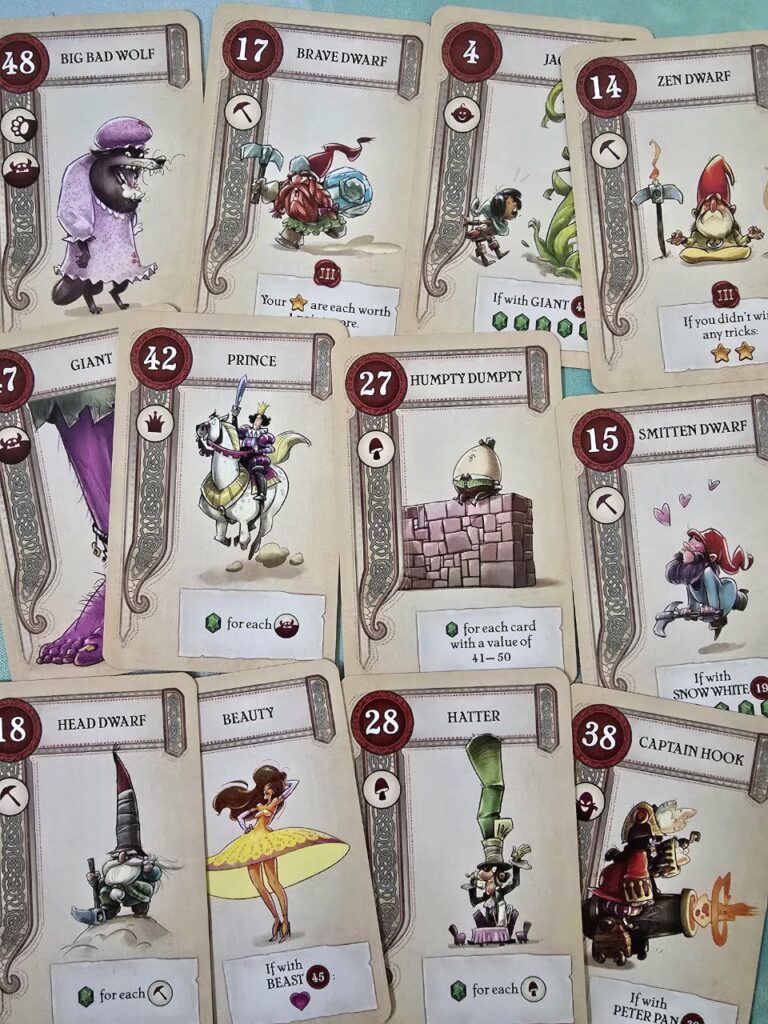
I had a chance to first play 3 Chapters at PAX Unplugged in 2024 with Alex from AMIGO. He humorously told me a story about the English copies not being available for the show, leaving him with the auf Deutsch (German) versions. He hoped that everyone kann deutsch sprechen (translation: can speak German), but realistically, he had to settle for printing out all the English translations and gluing them to the demo copies. This dash of print-and-play didn’t steer me away, and I played the game some four or five times by the weekend’s end.
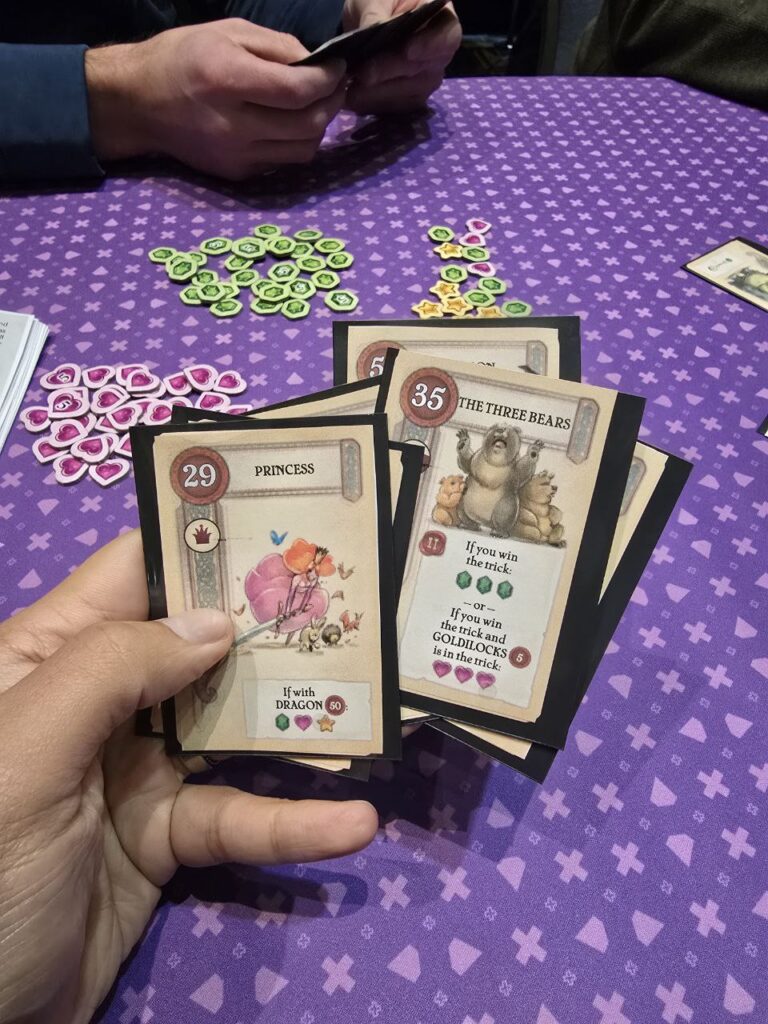
This lovely fairy tale-themed game comes from designer Joe Hout and is beautifully illustrated by Jan Bintakies.
Bedtime Stories
As the title suggests, the game is played over three chapters, with each chapter corresponding to a “mini-game” within the game. The first chapter is a draft where players select cards they’ll use for the rest of the game. Cards are uniquely numbered one through fifty and feature effects that can trigger in the second and/or third chapter. Cards also feature tags that can be used for scoring, varying from monster to villain to wonderland and more. Drafting cards that synergize is the main focus, and cards that originate from the same stories often work well together (e.g., Snow White and Dwarves).
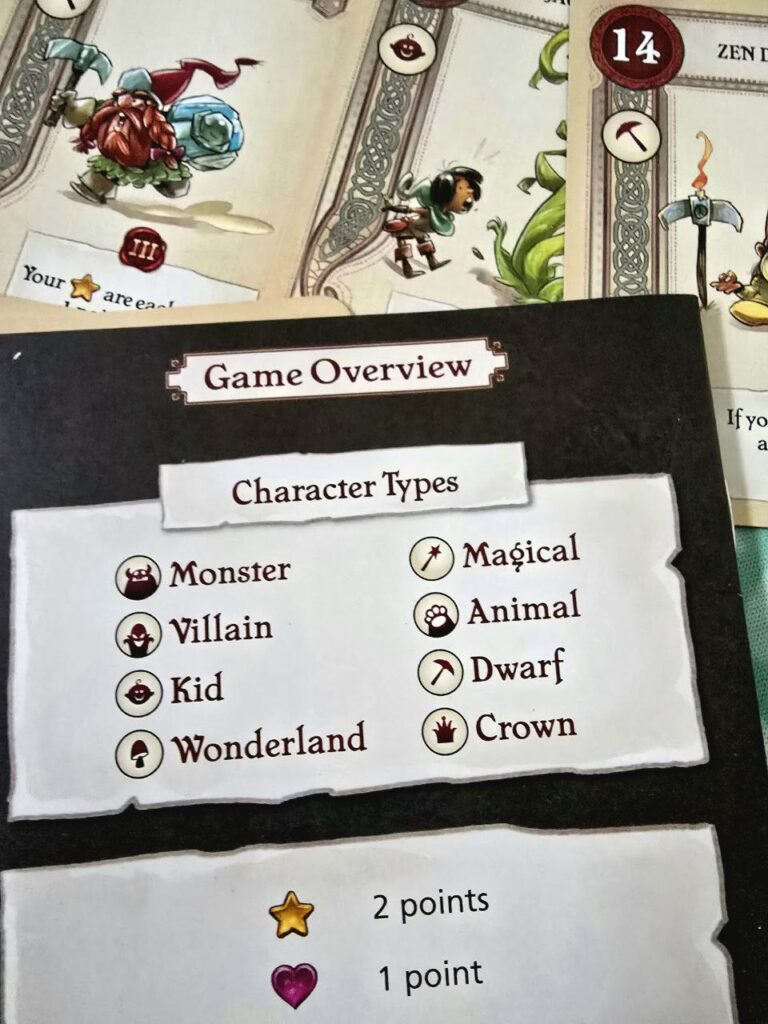
The second chapter is the trick-taking part of the game, where players play cards in typical trick-taking fashion. However, there are no suits, and the winner is determined simply by the highest-numbered card. Effects can trigger to reward points, depending on other tags on played cards or conditions during the trick. Cards aren’t claimed by the winner but are instead set aside in players’ respective piles.
Lastly, the third chapter is a quasi–set collection/tableau game where players score based on their cards.
Happily Ever After
I wouldn’t say it’s fair to call this just a trick-taking game, as the drafting and set collection components are just as important and prevalent. The hard decision space kicks off right away: whether to draw high-numbered cards (likely to win tricks but with no effects) or collect a synergizing set of low-numbered cards (not likely to win tricks but capable of triggering other effects).
Therein lies the public knowledge aspect, knowing what cards are in the pool. If you can count the cards, you can likely succeed by playing off other players’ moves.
There are beautiful moments in this game—like when someone plays the exact counterpart to the card you desperately need (Tweedledee and Tweedledum, for example) and treacherous moments when you have nothing but bunk in your hand that neither triggers an effect nor wins the trick. But with each card being unique, there’s always the risk that the counterpart/conditions needed for an effect never end up in the draft pool, leaving a lot of junk. The game excels at higher player counts but is still solid with fewer. At max player count (six), almost every card will be in the game, so it becomes a very juicy game of opportune timing. With lower player counts, the draft offering is conducted twice, with new cards dealt out halfway through to increase the chances of drafting sets.
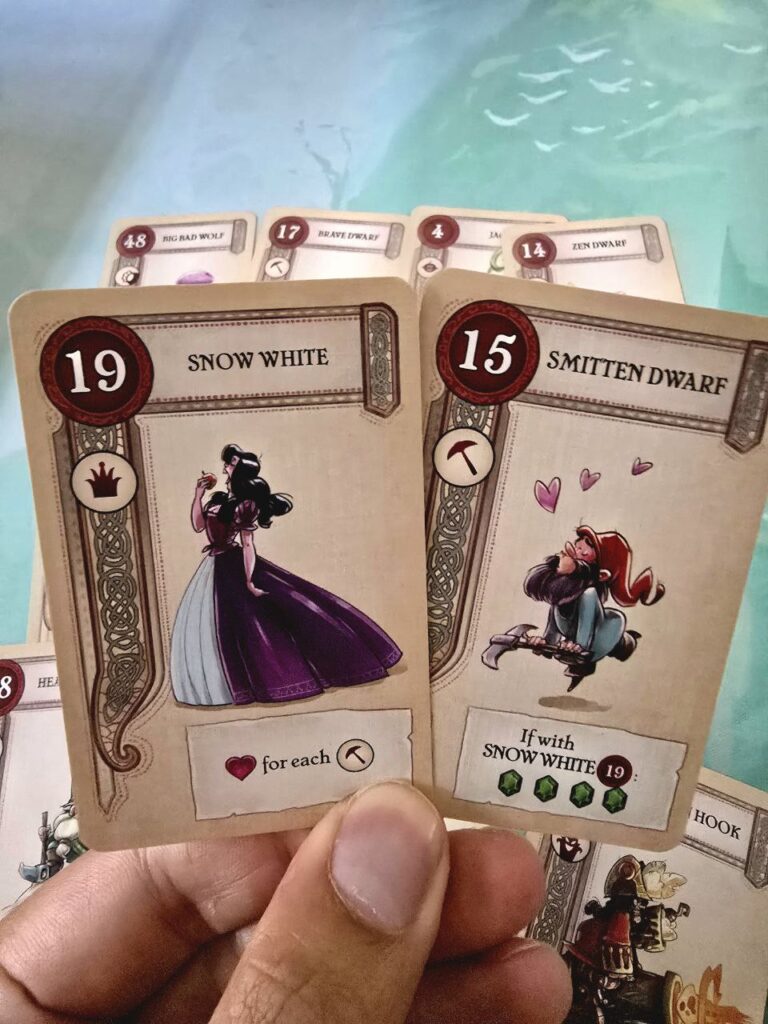
The game almost feels too short at times, and a bad draft can leave a sour taste in one’s mouth. But with the game’s short runtime, I never had a session where folks didn’t want to reshuffle and play another round.
I want more! The card art is charming, drawing from everyone’s favorite fairy tales. Its simplicity makes it perfect to keep around for in-between games or something light to play at the pub with friends. The draft distribution keeps things fresh, even after multiple plays. Rarely did players end up with the same “set” or “engine” twice, resulting in a variety of paths to victory.
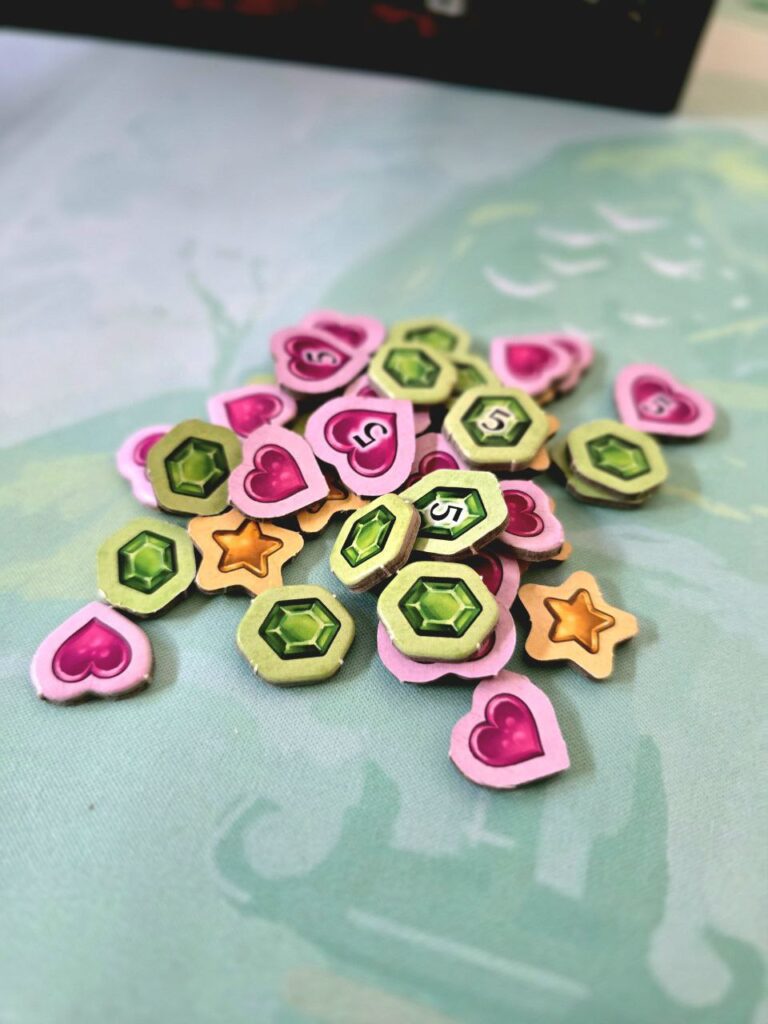
What’s most impressive is how much 3 Chapters accomplishes in such a small footprint. It balances clever drafting, satisfying trick-taking, and meaningful scoring—all while staying approachable and easy to teach. It’s a delicate dance that few games manage, especially in such a saturated space.
3 Chapters flew under the radar, but in a sea of mediocre trick-taking games, this one’s a keeper. You can almost hear your inner child asking for just one more bedtime story, told in three chapters.


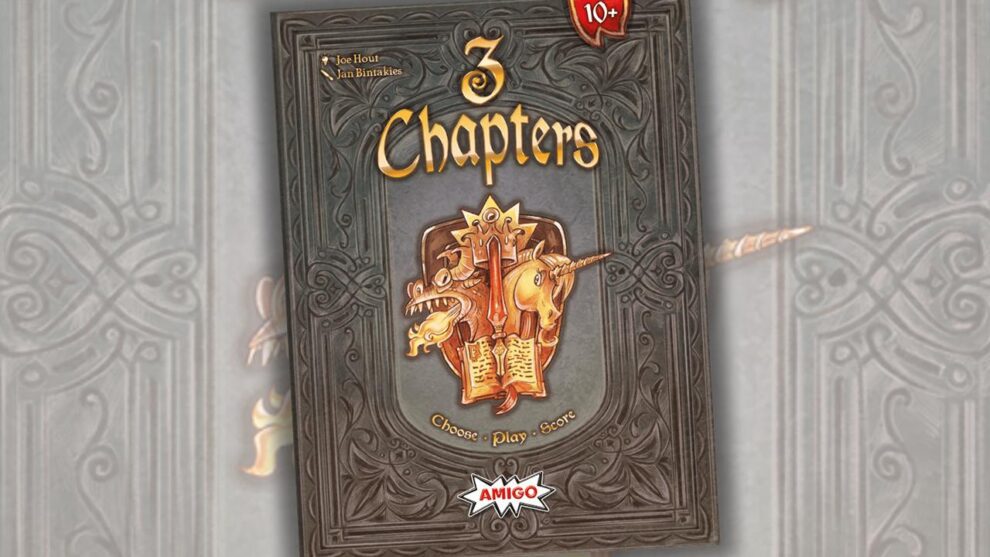

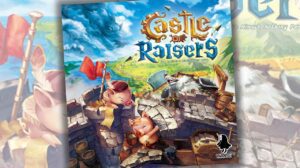
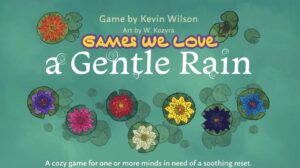

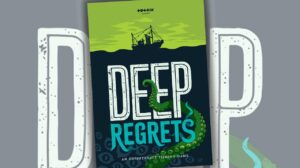


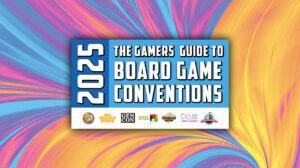

Add Comment